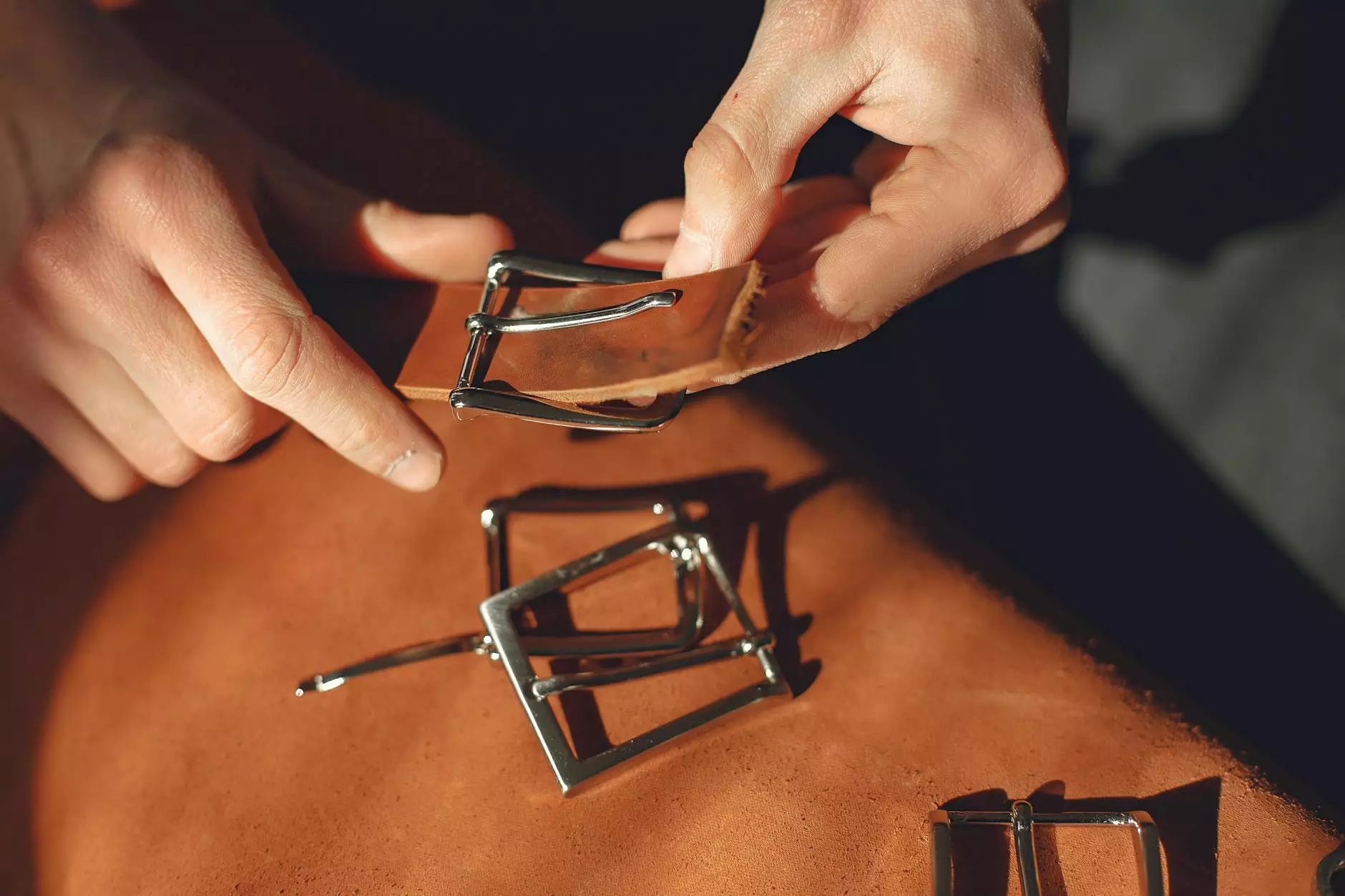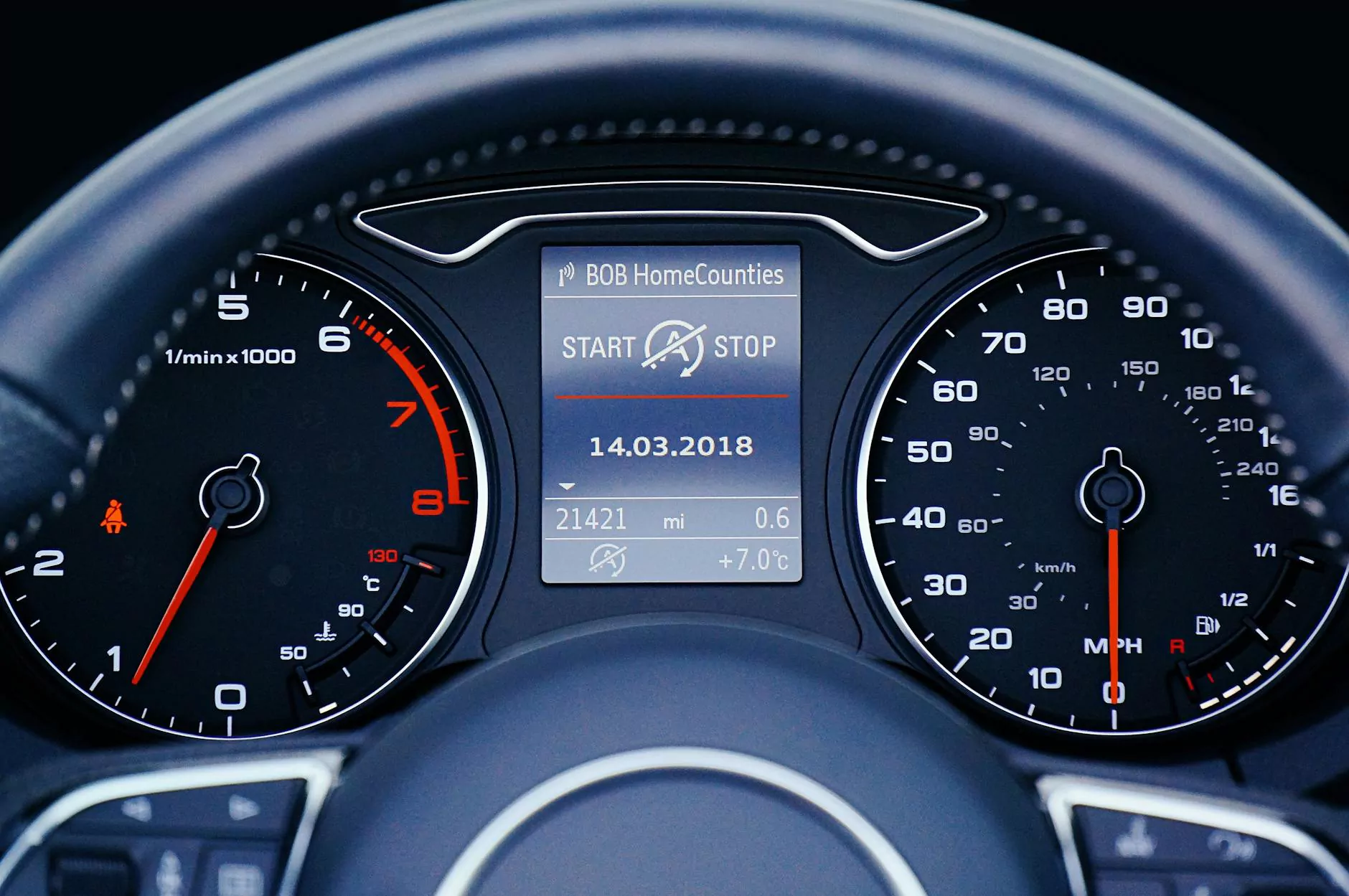How To Repair An Auger When The Bit Will Not Turn

Introduction
Welcome to Screens Unlimited, your trusted source for all your lawn and garden equipment repair needs. In this guide, we will provide you with detailed instructions on how to troubleshoot and fix an auger when the bit refuses to turn. Whether you're a professional landscaper or a DIY enthusiast, our comprehensive solutions will help you save time and money.
Understanding the Auger
Before we dive into the troubleshooting steps, let's briefly discuss the auger. An auger is an essential tool in various landscaping applications, primarily used for drilling holes in the ground. It consists of a rotating bit, powered by an engine, which allows for efficient hole digging. However, like any mechanical device, augers can encounter issues that may prevent the bit from turning.
Common Causes for Auger Bit Failure
Several factors can contribute to an auger bit failing to turn. Understanding these causes will help you narrow down the problem and make the necessary repairs. Here are some common issues to consider:
- 1. Drive Belt Issues: A worn-out or broken drive belt can lead to a loss of power transmission from the engine to the auger bit. Check the belt for any signs of wear and replace if necessary.
- 2. Clutch Problems: A faulty clutch mechanism can prevent the auger bit from engaging properly. Inspect the clutch assembly for any signs of damage and ensure it is functioning correctly.
- 3. Gearbox Troubles: A malfunctioning gearbox can result in the auger bit's inability to turn. Check for any leaks, damaged gears, or excessive wear and address these issues accordingly.
- 4. Engine Malfunction: If the engine itself is experiencing problems, such as insufficient power or a carburetor issue, it can affect the auger's performance. Perform a thorough inspection of the engine and address any underlying problems.
- 5. Foreign Object Obstruction: Sometimes, debris or foreign objects can get lodged in the auger housing, causing the bit to jam. Clear out any obstructions and ensure the housing is clean.
Troubleshooting Steps
Step 1: Inspect the Drive Belt
Begin by examining the drive belt for signs of wear, cracking, or damage. If you notice any issues, remove the old belt and replace it with a new, compatible one. Refer to your auger's user manual for detailed instructions on the specific belt replacement process.
Step 2: Check the Clutch Assembly
Inspect the clutch assembly for any signs of wear, damage, or misalignment. If necessary, clean the clutch mechanism and lubricate it as per the manufacturer's recommendations. If the clutch is severely damaged, it may need to be replaced.
Step 3: Examine the Gearbox
Carefully inspect the gearbox for leaks, damaged gears, or excessive wear. If you identify any of these issues, address them accordingly. Replace damaged gears or seals and replenish the gearbox with the recommended lubricant.
Step 4: Check the Engine
If you suspect an engine-related problem, thoroughly examine it for any visible damage or signs of malfunction. Clean or replace the air filter, spark plug, or carburetor if necessary. Consider seeking professional assistance if you're unsure about engine repairs.
Step 5: Clear Any Obstructions
Inspect the auger housing for any obstructions, such as rocks, roots, or debris. Use a suitable tool to remove the obstructions carefully. Ensure the auger housing is clean and free from any hindrances that may impede the bit's movement.
Preventive Maintenance Tips
Regular maintenance is key to avoiding auger issues and extending its lifespan. Here are some preventive maintenance tips:
- 1. Lubrication: Regularly lubricate all moving parts to prevent friction and ensure smooth operation. Use a high-quality lubricant recommended by your auger's manufacturer.
- 2. Cleaning: Clean the auger, removing any dirt, grass, or debris after each use. This helps prevent build-up and extends the tool's life.
- 3. Proper Storage: Store your auger in a dry, protected area, away from extreme temperatures and harsh elements. This prevents rust and damage.
- 4. Regular Inspections: Periodically inspect the various components of your auger for signs of wear, damage, or loose connections.
Conclusion
Repairing an auger when the bit fails to turn doesn't have to be a complicated process. By following the troubleshooting steps outlined in this guide, you can effectively identify and address the underlying issues. Screens Unlimited is here to assist you with all your lawn and garden equipment repair needs. For professional guidance or top-quality replacement parts, don't hesitate to reach out to our experienced team. Get your auger back up and running in no time!









